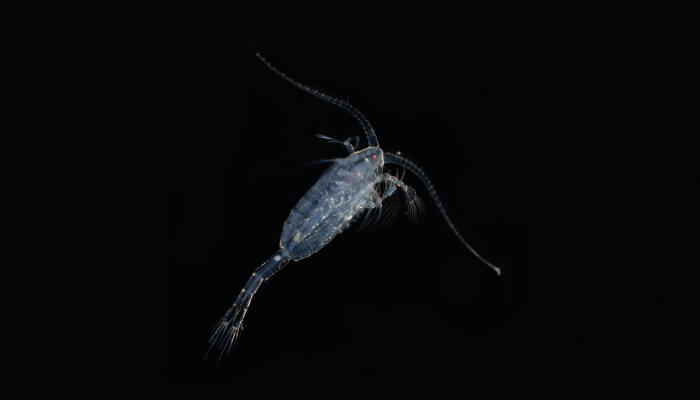Copepods (pictured) imprint seawater with a unique chemical signature that induces defensive traits in the phytoplankton they eat, according to a Swedish study (1). The University of Gothenburg researchers used LC-MS to measure chemicals released by the copepods (copepodamides) and found that, as the levels of copepodamides increased, the phytoplankton generated more toxins and formed smaller colonies – tactics designed to evade predation. Image credit: Erik Selander.
Would you like your photo featured in Image of the Month? Send it to charlotte.barker@texerepublishing.com

References
- E Selander et al., “Copepods drive large-scale trait-mediated effects in marine plankton”, Sci Adv, 5, eaat5096 (2019). DOI: 10.1126/sciadv.aat5096.




